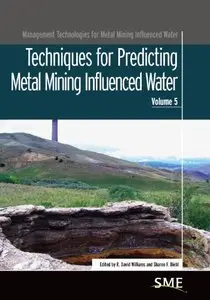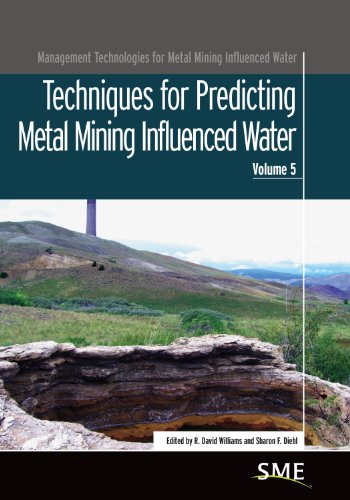Management Technologies for Metal Mining Influenced Water: Techniques for Predicting Metal Mining Influenced Water by R. David Williams and Sharon F. Diehl
English | 2014 | ISBN: 0873353544 | 148 pages | PDF | 2 MB
English | 2014 | ISBN: 0873353544 | 148 pages | PDF | 2 MB
Techniques for Predicting Metal Mining Influenced Water is a must-read for planners, regulators, consultants, land managers, researchers, students, stakeholders, and others concerned about mining influenced water.
Identifying potential mine wastes and their characteristics, and predicting their drainage quality are critical aspects of mine site design, operations, and closure planning. Failure to effectively conduct these evaluations for a mine site can result in environmental compliance issues that may create long-term financial liabilities.
The fifth in a series of six handbooks on technologies for management of metal mine and metallurgical process drainage, this book identifies the tools available for characterizing mine and processing wastes that can be useful in predicting drainage quality.
This volume shows how effective and accurate characterization and prediction work will result in a mine-life waste management plan that minimizes the exposure of problematic wastes to the environment.
Written by a team of experts from state and federal governments, academia, and the mining industry, Techniques for Predicting Metal Mining Influenced Water also discusses the importance of accurately assessing the geochemical performance of the processed ore and wastes so they can be effectively managed throughout the active mine life and beyond. This handbook discusses and compares the various tests and conveys solid criteria for evaluating them.



